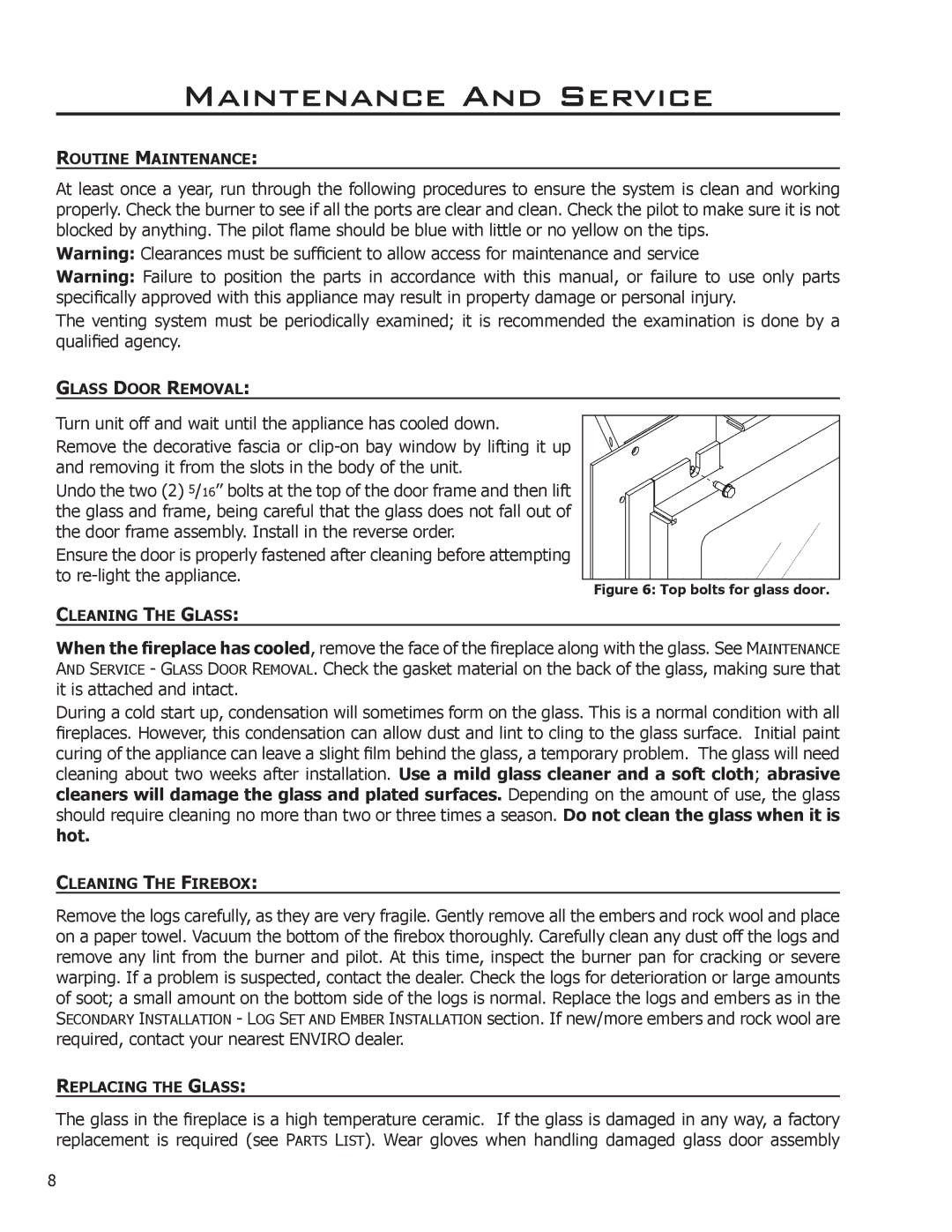C-11288 specifications
Enviro C-11288 is an innovative product that has garnered attention in the environmental technology sector. Primarily designed for sustainability initiatives, this advanced solution integrates a range of features and technologies that address the pressing concerns of waste management and resource conservation.One of the standout features of Enviro C-11288 is its efficient waste processing capability. Utilizing state-of-the-art waste conversion technologies, it can transform organic and inorganic materials into reusable resources, effectively minimizing landfill use. The incorporation of advanced sorting algorithms ensures that the separation of recyclable materials is efficient and precise, enhancing the overall recycling process.
In addition to waste processing, the Enviro C-11288 is equipped with energy recovery systems. These systems capture and convert waste heat generated during processing into usable energy. This not only energy-optimizes the operation but also contributes to a lower carbon footprint, making it an environmentally friendly solution.
Another significant characteristic of the Enviro C-11288 is its scalability. Whether in a small community or a large industrial setup, the unit can be adapted to meet varying demands. This flexibility is further enhanced by modular design features, allowing users to expand or contract the system as needed without significant interruptions to their operations.
The technology behind Enviro C-11288 is also notable. Real-time monitoring and analytics capabilities enable users to track efficiency metrics, waste reduction rates, and energy consumption. This data-driven approach empowers organizations to make informed decisions about resource management and further improvements.
Durability and low maintenance are additional advantages provided by Enviro C-11288. Constructed with high-quality materials, the system is designed for longevity and can withstand harsh operational conditions. Low maintenance requirements translate into cost savings over time, further appealing to organizations with budget constraints.
Overall, Enviro C-11288 represents a significant advancement in environmental technology solutions. Its combination of waste management efficiency, energy recovery, scalability, real-time monitoring, and durable design positions it as a vital tool for organizations striving to implement sustainable practices while optimizing resource use. As industries continue to emphasize sustainability, the Enviro C-11288 offers a comprehensive solution that aligns with this critical goal.

